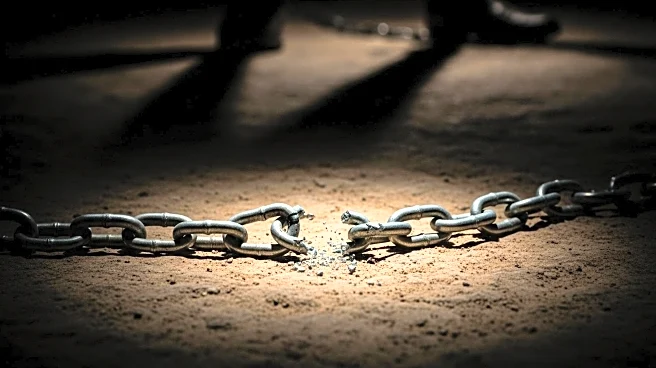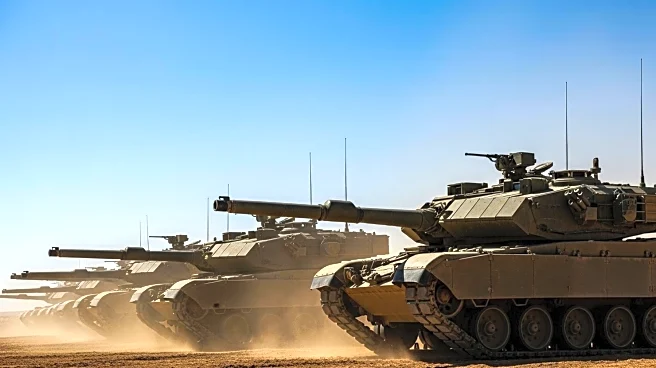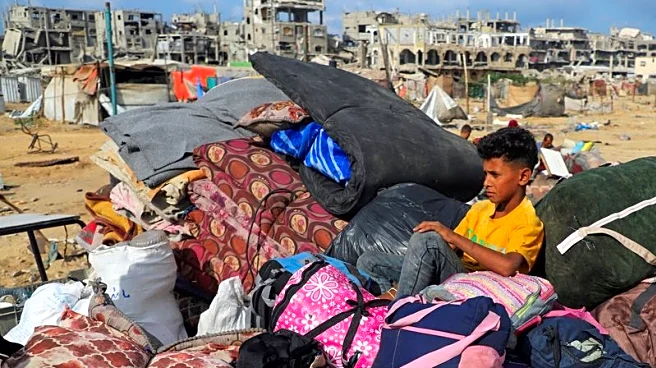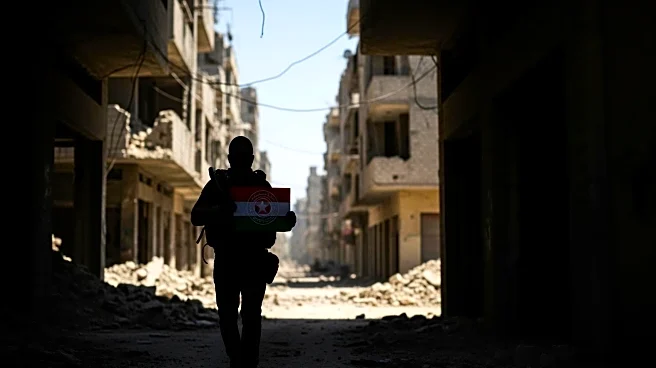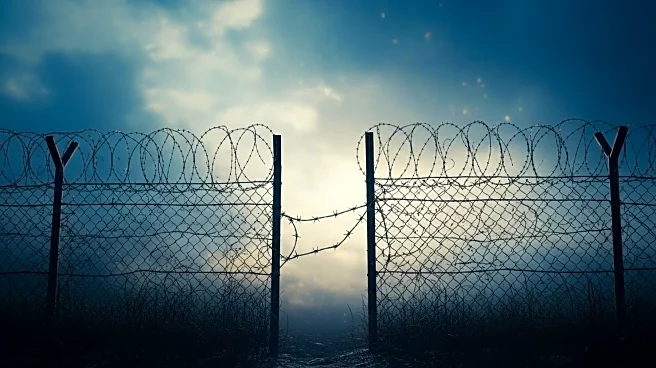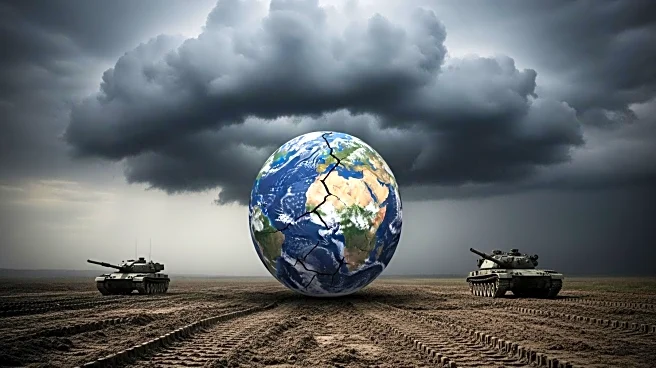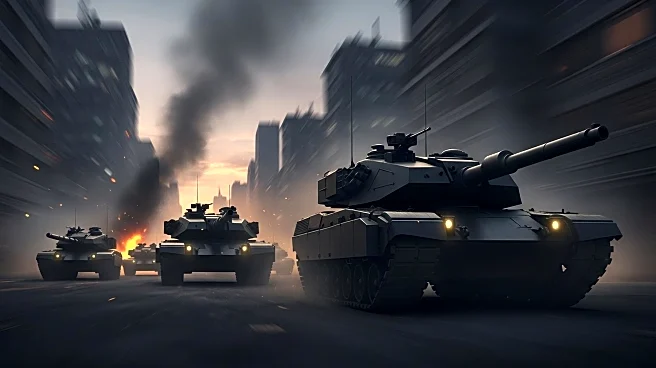What's Happening?
Israeli Defense Forces (IDF) have intensified their ground offensive in Gaza City as part of Operation Gideon's Chariots II. The operation has led to the displacement of approximately 200,000 civilians from the area. The IDF is employing a 'layer-peeling' tactic to prioritize troop safety while advancing. Hamas has shifted to guerrilla-style hit-and-run tactics, avoiding direct confrontations with Israeli troops. The IDF has reported fewer encounters with Hamas fighters, who are dispersing to other areas such as Deir al-Balah and Al-Mawasi. Despite losses, Hamas remains a significant force in the region, with Israeli officials acknowledging the complexity of dismantling the group entirely.
Why It's Important?
The ongoing conflict in Gaza has significant implications for regional stability and humanitarian conditions. The displacement of civilians raises concerns about the humanitarian impact and the potential for further escalation. The IDF's strategy aims to weaken Hamas's military capabilities, but the group's resilience suggests a prolonged conflict. The situation affects international relations, with potential diplomatic repercussions for Israel. The operation's success or failure could influence future military and political strategies in the region, impacting both Israeli security and Palestinian governance.
What's Next?
As the IDF continues its operations, further displacement of civilians is expected. The Israeli government may face international pressure to address humanitarian concerns. Hamas's tactical shift could lead to prolonged guerrilla warfare, complicating the IDF's efforts to secure the area. The conflict's duration and intensity may influence future peace negotiations and regional alliances. Israeli officials may need to reassess their strategies to achieve long-term stability and security.

